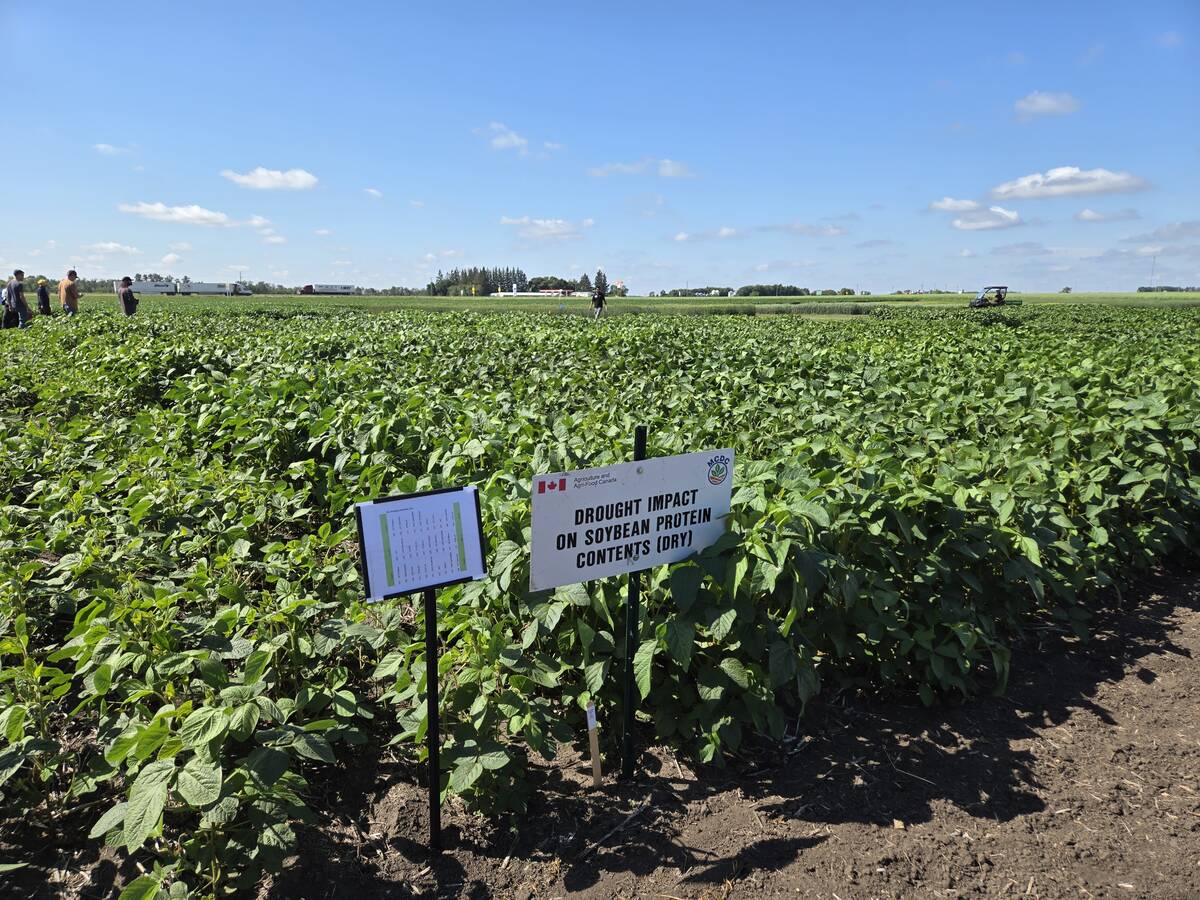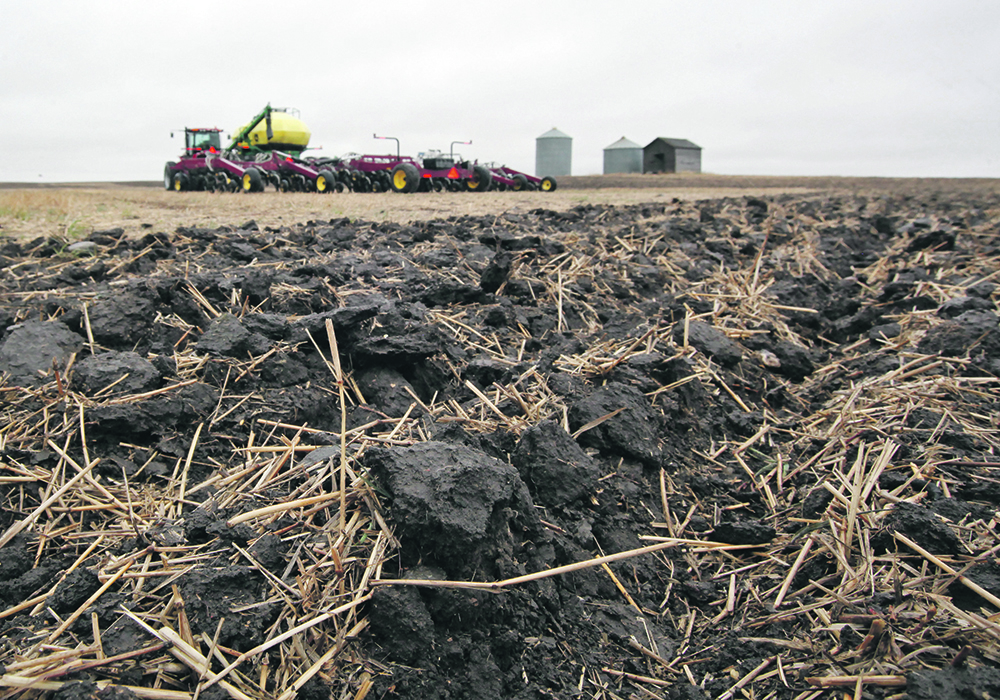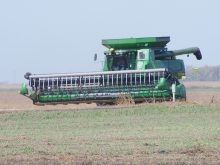New report says the federal government should develop common measurements as a way to develop better climate policy
A recent Canada West Foundation report validates what Saskatchewan has said all along about a national climate policy, said the province’s environment minister.
The report by CWF vice-president Colleen Collins and Herb Emery, the Vaughn Chair in economics at the University of New Brunswick, used Saskatchewan as a test case regarding transparency of the pan-Canadian climate framework.
The authors found that the implementation of the framework was not transparent and created a power imbalance toward the federal government. They said the policy is not pan-Canadian because it doesn’t understand, recognize or account for the diversity of regions. And, they said the economic models used by Environment and Climate Change Canada aren’t effective because they show historical and future emissions by sector and province but only include one national gross domestic product growth reduction number and no provincial economic impacts.
Read Also

Carberry field day looks for agriculture solutions
Manitoba farmers explored research solutions for resilient crops, perpetual agronomic issues and new kinds of agricultural products at a field day at the Manitoba Crop Diversification Centre in Carberry on Aug. 6.
“The models, in effect, have assumed away the problem that federal climate policies create for resource export dependent provinces like Saskatchewan,” the report said.
“There is a high likelihood that the ECCC model outputs evaluating the impacts of the Strengthened Climate Plan and Healthy Environment and Healthy Economy are grossly underestimated and misunderstood by decision makers.”
The authors also noted discrepancies in how emissions are measured. They said one set of common measures is required to measure progress, yet governments, private sector, think-tanks and others all use different measurements.
“Certainly, these are things that we’ve been voicing over the course of months, and I would argue years,” said Dana Skoropad, who has been the province’s environment minister since the end of May.
He said the one-size-fits-all approach of the federal government doesn’t work for the provinces and Saskatchewan particularly.
“We’ve got unique circumstances here, (a) unique situation here, unique opportunities here in Saskatchewan and unique challenges, quite frankly, that really don’t fit into that one-size-fits-all model.”
The case study drew attention to the discrepancy in methane emissions reported by Ottawa and Saskatchewan.
The National Inventory Report in 2020 showed no decrease in the province’s methane emissions between 2015 and 2019. But the provincial data showed a 24-percent decrease by 2019, and 51 percent by 2020. The NIR revised its measurement for 2022 to show a 49 percent drop from 2015-20.
“The revisions show a willingness to revisit measures but also the challenges of making policy decisions under such uncertain conditions,” the CWF report said. “As provinces and the federal government move to establish targets for emissions reductions or set emission caps, measurement matters. Where federal and provincial measures do not agree, it reduces trust, creates uncertainty and hurts investment. Decision makers are left with no choice but to develop competing models and data sets, which expands the policy debate from the policy itself to include debates around models and data.”
Skoropad said this is a frustrating aspect of the relationship between Ottawa and Regina. He said when it comes to agriculture, the province’s farmers are producing some of the most sustainable products on the planet.
“It’s frustrating when we have our federal government putting forth data, or creating policy based on data that isn’t reflective or indicative of what the story is in Saskatchewan,” he said.
The methane example tells two vastly different stories, he said, and shows the need for more regionally specific data.
Skoropad pointed to the recent white paper, Drawing the Line, which outlines the cost of some federal policies to the province. He said Saskatchewan exports about 70 percent of what it produces.
“We’re trying to meet the challenges of energy security, food security,” he said. “Some of the policies that have come down, they’re really going to challenge us to meet some of these obligations.”
He extended his frustration and the need for better data to fertilizer emission reduction. Since 40 percent of the country’s arable land is in Saskatchewan, the policy would affect farmers here disproportionately, he said, and they are already going to considerable effort to make sure they don’t apply “one speck” more than needed.
Saskatchewan is one of four provinces where national carbon pricing applies because Ottawa didn’t accept the province’s plan, but Skoropad said the province is willing to collaborate with the federal government to make the best policies.
Prairie Resilience is still the province’s blueprint and he said that speaks to the regional diversity that Ottawa should recognize.
















